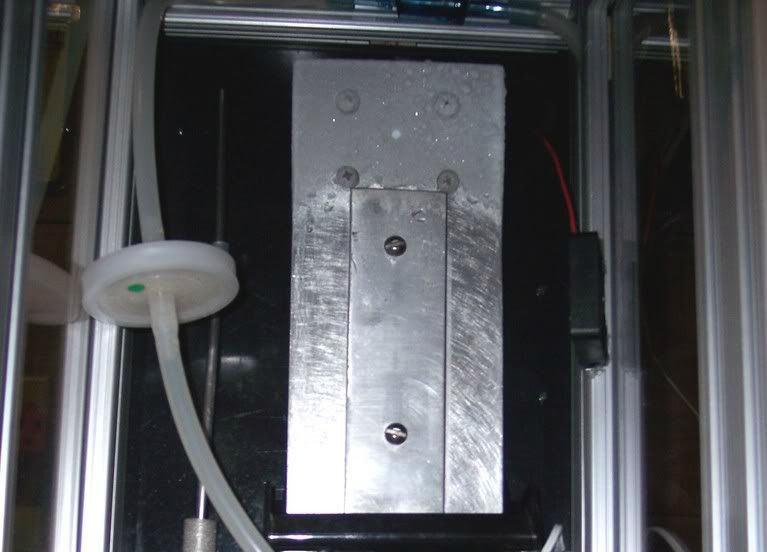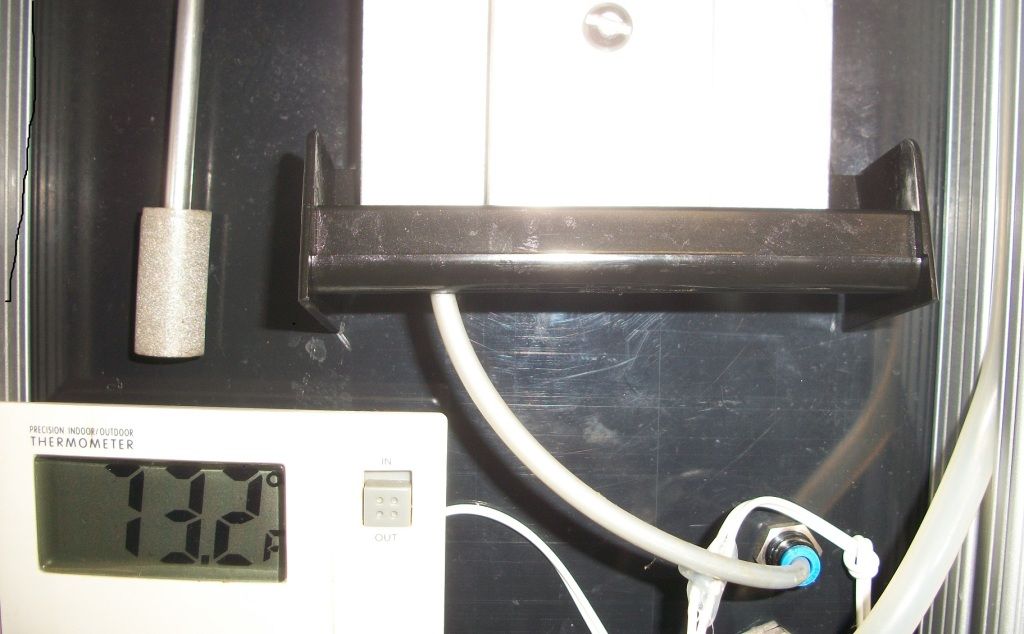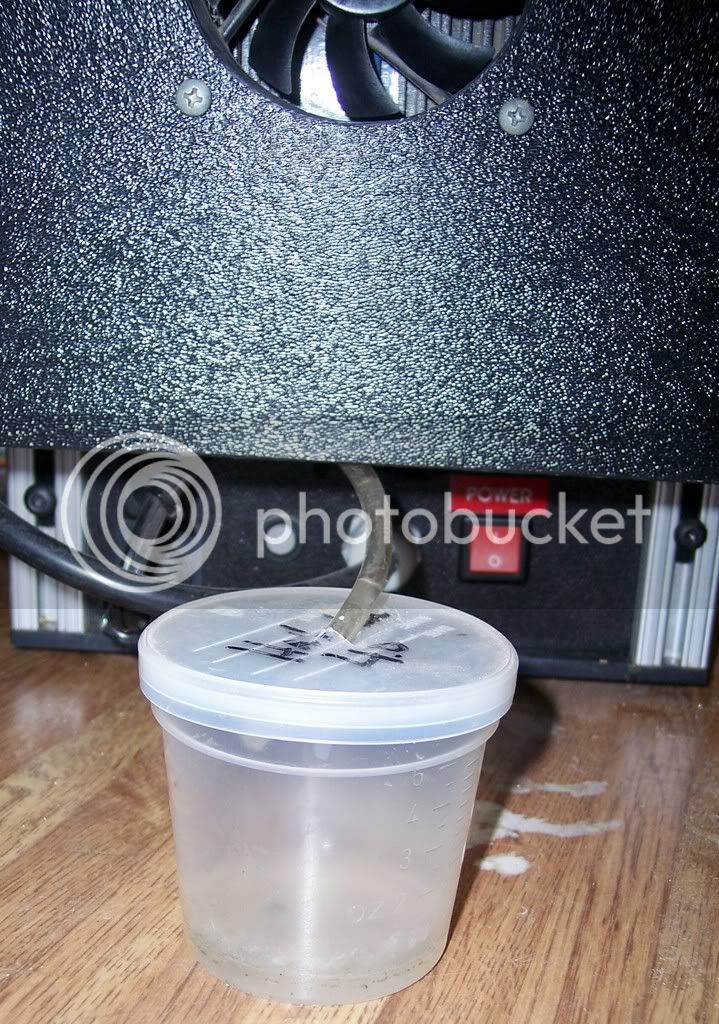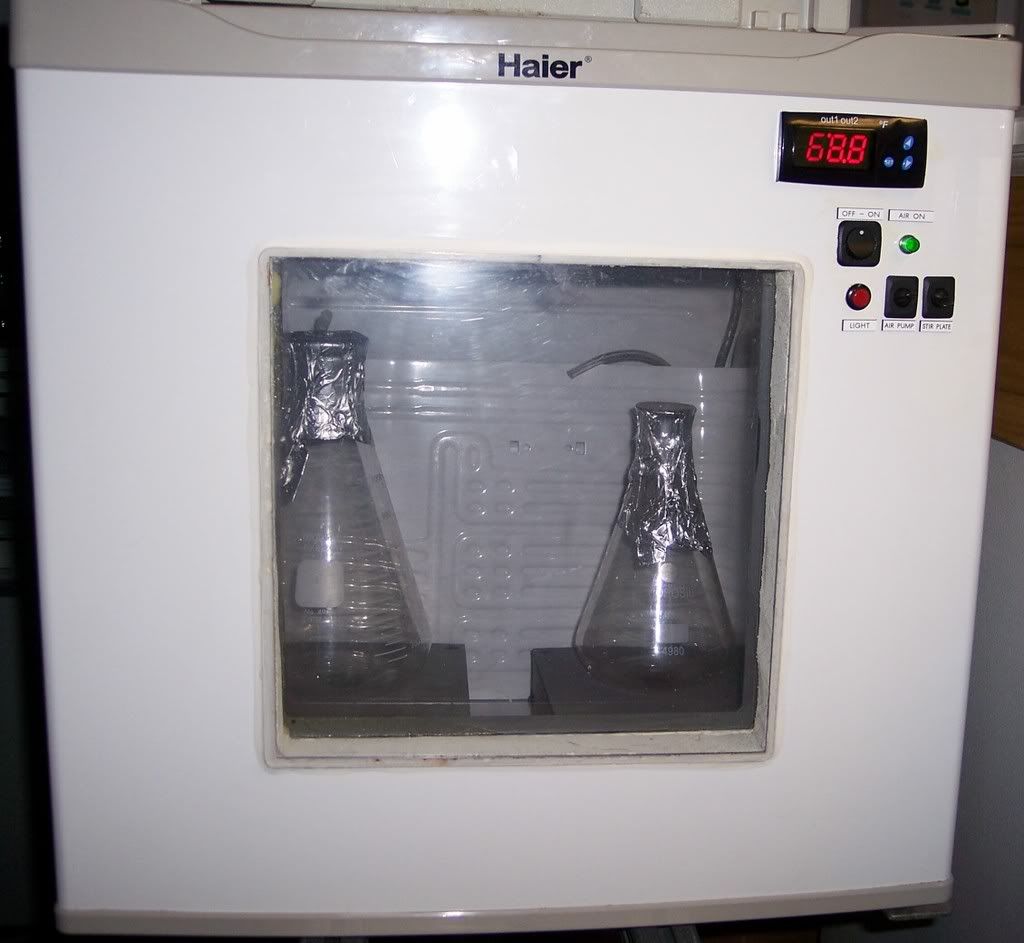So with the weather getting warmer and my lagering fridge now a kegerator, I needed a place to ferment by beer. I had an old igloo cooler that would plug into your car or the wall and keep things nice and chilly. It wasn't going to be used anymore so I figured I would cannibalize that into what I needed. These types of igloo coolers use thermoelectric coolers, or peltiers, that pump heat from one side of a small ceramic plate to the other via electricity to keep the inside of them cool. I pulled my unit along with its heatsinks out of that old electric cooler.
I went down to home depot looking for some insulation sheet. I found the rigid polyiso stuff and the thinner, slightly less insulate-y soft foam type. The price was within 5 bucks for each other so I oped to go for the polyiso stuff because it was damaged. Brought it up to the cashier, mentioned the damage (a couple chunks along one edge had broken off) and she gave me 50% off. What a deal!
I also picked up 4 2x2's to make the frame. I made a box that would be large enough to fit a glass carboy and only have a little extra room inside. Buckets obviously will fit too, and seeing as I only have those currently that is what will be used!
So I cut the pieces, applied glue very liberally and clamped for a few hours. Once I was done I started cutting up some 3/16" birch plywood to go on the outside:

I used a brad nailer to get all the sides on, and then I caulked the inside edge.
Then on to the insulation. I marked out the size of the spaces on the foam, cut one edge, scored the other and snapped it. After putting it in I realized the size was just a tad too thick, so the foam piece on the adjacent wall would not be able to fit in there, so all I did was bevel the edges so that would fit in there neatly. I wasn't ginger about this, just got it done:

For today I stopped at finishing three walls as I ran out of 3/16" ply. But now that I think about it putting heavier ply on the top and bottom wont be an issue so I will just use some other stuff I have tomorrow.

I stuffed some extra foam in where the edges of each piece didn't quite meet and I taped it up with aluminum tape:

So the plan is to get the top and bottom and front finished tomorrow. The front is what is going to be removable, obviously. I am going to glue the foam to the wood and then put some foam weather stripping around it so that I can use bungees to hold it on. I wont have much room for a swinging door where it is going to be (closet) so no hinges on this one.
The thermoelectric cooler (peltier) is going to be on the top, powered by an old computer power supply. A hole will be cut in the top of the cabinet to allow the cold plate to come through. The interior and exterior heatsinks will have a computer fan on them to expedite the transfer of heat so that the cooler will work well. Hopefully I am able to finish this tomorrow.
I went down to home depot looking for some insulation sheet. I found the rigid polyiso stuff and the thinner, slightly less insulate-y soft foam type. The price was within 5 bucks for each other so I oped to go for the polyiso stuff because it was damaged. Brought it up to the cashier, mentioned the damage (a couple chunks along one edge had broken off) and she gave me 50% off. What a deal!
I also picked up 4 2x2's to make the frame. I made a box that would be large enough to fit a glass carboy and only have a little extra room inside. Buckets obviously will fit too, and seeing as I only have those currently that is what will be used!
So I cut the pieces, applied glue very liberally and clamped for a few hours. Once I was done I started cutting up some 3/16" birch plywood to go on the outside:

I used a brad nailer to get all the sides on, and then I caulked the inside edge.
Then on to the insulation. I marked out the size of the spaces on the foam, cut one edge, scored the other and snapped it. After putting it in I realized the size was just a tad too thick, so the foam piece on the adjacent wall would not be able to fit in there, so all I did was bevel the edges so that would fit in there neatly. I wasn't ginger about this, just got it done:

For today I stopped at finishing three walls as I ran out of 3/16" ply. But now that I think about it putting heavier ply on the top and bottom wont be an issue so I will just use some other stuff I have tomorrow.

I stuffed some extra foam in where the edges of each piece didn't quite meet and I taped it up with aluminum tape:

So the plan is to get the top and bottom and front finished tomorrow. The front is what is going to be removable, obviously. I am going to glue the foam to the wood and then put some foam weather stripping around it so that I can use bungees to hold it on. I wont have much room for a swinging door where it is going to be (closet) so no hinges on this one.
The thermoelectric cooler (peltier) is going to be on the top, powered by an old computer power supply. A hole will be cut in the top of the cabinet to allow the cold plate to come through. The interior and exterior heatsinks will have a computer fan on them to expedite the transfer of heat so that the cooler will work well. Hopefully I am able to finish this tomorrow.



























